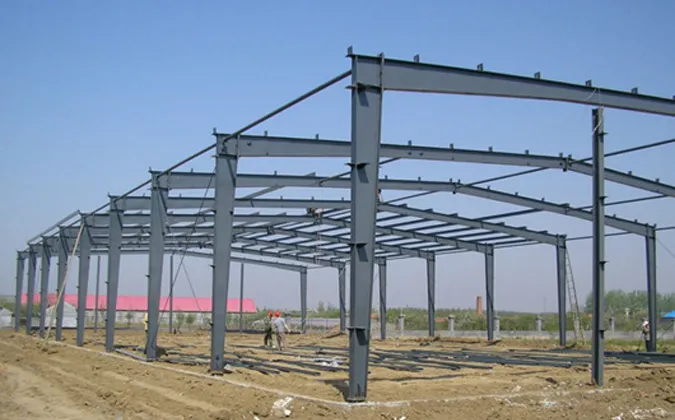- Afrikaans
- Albanian
- Amharic
- Arabic
- Armenian
- Azerbaijani
- Basque
- Belarusian
- Bengali
- Bosnian
- Bulgarian
- Catalan
- Cebuano
- Corsican
- Croatian
- Czech
- Danish
- Dutch
- English
- Esperanto
- Estonian
- Finnish
- French
- Frisian
- Galician
- Georgian
- German
- Greek
- Gujarati
- Haitian Creole
- hausa
- hawaiian
- Hebrew
- Hindi
- Miao
- Hungarian
- Icelandic
- igbo
- Indonesian
- irish
- Italian
- Japanese
- Javanese
- Kannada
- kazakh
- Khmer
- Rwandese
- Korean
- Kurdish
- Kyrgyz
- Lao
- Latin
- Latvian
- Lithuanian
- Luxembourgish
- Macedonian
- Malgashi
- Malay
- Malayalam
- Maltese
- Maori
- Marathi
- Mongolian
- Myanmar
- Nepali
- Norwegian
- Norwegian
- Occitan
- Pashto
- Persian
- Polish
- Portuguese
- Punjabi
- Romanian
- Russian
- Samoan
- Scottish Gaelic
- Serbian
- Sesotho
- Shona
- Sindhi
- Sinhala
- Slovak
- Slovenian
- Somali
- Spanish
- Sundanese
- Swahili
- Swedish
- Tagalog
- Tajik
- Tamil
- Tatar
- Telugu
- Thai
- Turkish
- Turkmen
- Ukrainian
- Urdu
- Uighur
- Uzbek
- Vietnamese
- Welsh
- Bantu
- Yiddish
- Yoruba
- Zulu
Dez. . 29, 2024 00:22 Back to list
Understanding the Cost of Steel Structure Buildings
Steel structure buildings have become increasingly popular in modern construction due to their strength, durability, and flexibility. The cost associated with these structures can vary widely depending on a multitude of factors. In this article, we will explore the various elements that influence the cost of steel structure buildings and provide insights into budget considerations for potential projects.
Initial Cost Factors
1. Material Costs The primary component of a steel structure is, unsurprisingly, steel itself. The price of steel fluctuates based on market conditions, including global demand, supply chain logistics, and raw material costs. As of recent years, the demand for steel has surged due to ongoing infrastructure projects and industrial activities, leading to increased prices. It’s essential for project managers to keep a close eye on these fluctuations when planning a budget.
2. Design and Engineering The complexity of the design significantly affects costs. Custom designs, especially those that require specialized engineering solutions, can drive up expenses. Architects and engineers may charge higher fees for intricate designs that necessitate advanced computational models and simulations. Simple, standard designs will typically be more cost-effective.
3. Labor Costs The labor required to construct a steel structure also contributes to overall costs. Skilled laborers may command higher wages due to the expertise required to handle and assemble steel components. Additionally, regions with stringent labor laws or higher living costs will see elevated labor prices. It is crucial to factor in these variables when estimating the cost of construction.
4. Foundation and Site Preparation Steel structures are often less heavy than traditional concrete buildings, which can sometimes reduce foundation costs. However, site preparation, grading, and the quality of the soil can significantly influence pricing. In areas where the ground is unstable or requires extensive excavation, additional costs may arise.
5. Transportation and Logistics Steel components need to be transported from factories to the construction site. The distance of transportation, as well as the logistics of moving large steel beams and panels, can incur additional costs. Local regulations may also add to transportation expenses in certain regions.
Long-Term Considerations
steel structure buildings cost

While initial costs are crucial, it’s essential to consider the long-term financial implications of steel structure buildings. These structures often lead to lower maintenance costs over time due to their resistance to weathering, pests, and other environmental factors. Steel buildings can also be designed to be energy-efficient, which can lead to substantial savings in utility bills.
Moreover, if a project is designed with future expansion in mind, steel structures can offer flexibility that allows for easy modifications. This adaptability can make them a valuable long-term investment, mitigating future costs associated with renovations or expansions.
Comparing with Other Building Materials
When budgeting for construction, it is vital to compare steel structures with traditional materials like concrete and wood. While concrete can be less expensive initially, it may have higher long-term maintenance costs. Wooden structures may present lower upfront costs but are often more susceptible to damage from termites, rot, and fire, which can result in significant repair expenses.
Steel structures also require less time for construction compared to traditional materials because of the prefabrication process. This speed can translate into lower labor costs and quicker return on investment, especially for businesses needing to minimize downtime.
Conclusion
The cost of steel structure buildings can be influenced by various factors, including material prices, design complexity, labor, site preparations, and transportation logistics. Understanding these elements is crucial for any potential builder or investor looking to embark on a construction project. While the upfront costs may be considerable, the durability, longevity, lower maintenance, and potential energy savings make steel structures a wise investment in many cases.
As the market continues to evolve, staying informed about trends and pricing dynamics within the steel industry is essential. Whether for commercial, industrial, or residential purposes, the benefits of steel structure buildings often outweigh the initial costs, making them a preferred choice for modern construction.
-
Cold Formed Steel Residential Framing
NewsMay.21,2025
-
Innovative Steel Structure Building Solutions
NewsMay.19,2025
-
Innovative Prefab Metal Shed Solutions
NewsMay.19,2025
-
Durable Steel Horse Shelter Solutions
NewsMay.19,2025
-
Durable Metal Shed Solutions
NewsMay.19,2025
-
Durable Big Metal Shed Solutions
NewsMay.19,2025
Products categories
Our Latest News
We have a professional design team and an excellent production and construction team.












